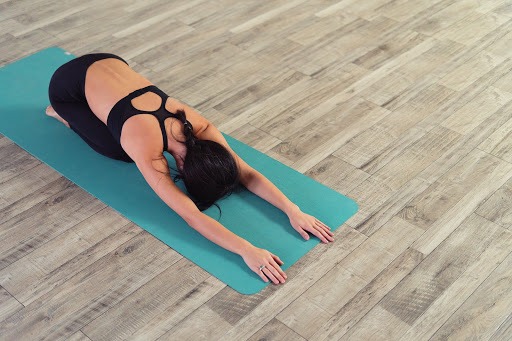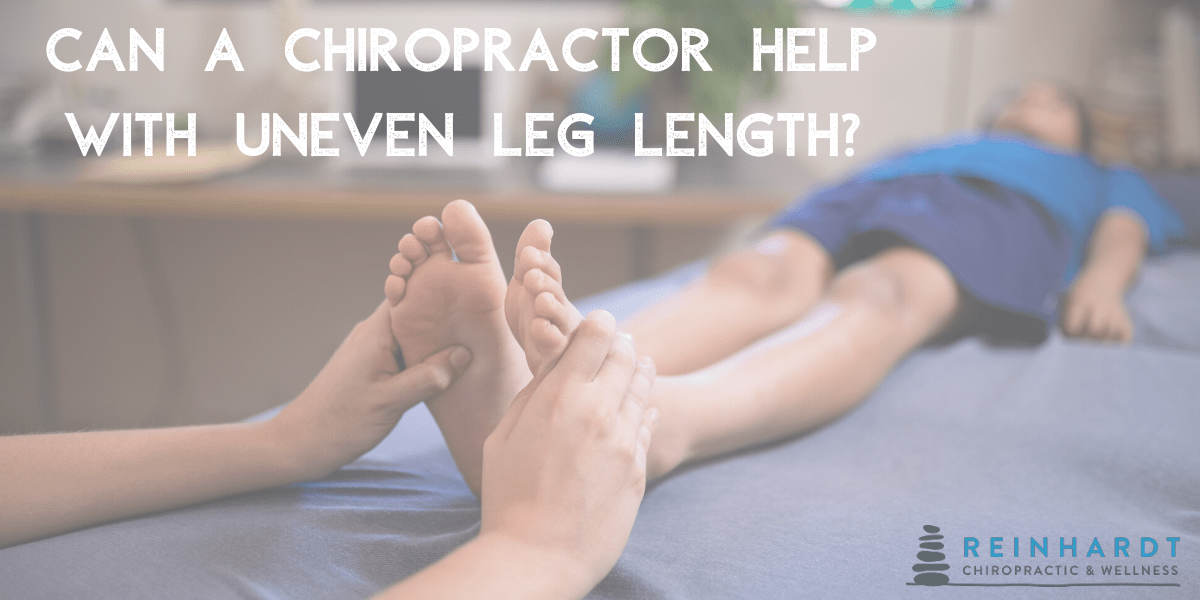Leg length discrepancy is one of the common anatomical issues that plague individuals. It is estimated that anywhere between 60 to 90 percent of the population suffers from uneven leg length. Unfortunately, many people are unaware that their legs are set at unequal lengths. But we are here to help change that.
To start, uneven leg length falls into two separate categories: anatomical and functional. Anatomical leg discrepancy is an actual difference in bone length between the femur, patella, tibia, and fibula. This difference normally occurs because of congenital problems or growing irregularities during the adolescent years. However, surgery and injury can also be the cause.
On the other hand, functional leg length discrepancy is the result of prolonged muscle tightness and poor posture. This form is the overwhelming type of leg length discrepancy that affects the population. With functional leg length discrepancy, the real problem involves the pelvis and femoral head, in which the bones have risen or lowered to a point that is unequal with the other side. This is known as lateral pelvic tilt.
Leg length discrepancy may not sound like a serious problem if a majority of people are unknowingly living with the condition, however, living a prolonged period with the issue can amplify its effects. Individuals with a discrepancy of 10 millimeters or more are six times more likely to need a knee or hip replacement later in life.
Symptoms and Causes of Uneven Legs
Since functional leg discrepancy is what affects most Americans, we’ll focus on the symptoms and causes for this form. It is easy to brush aside the warning signs of something like lateral pelvic tilt, as just the “wear and tear” of daily life. However, the body is not designed to live with chronic pain as we age. Often, a reason can be traced back to why certain symptoms are experienced.
Symptoms for Lateral Pelvic Tilt
- Poor Posture
- Problems Walking
- Balance Issues
- Low Back Pain
- Hip Pain
- Knee Pain
- Sciatica
Causes for Lateral Pelvic Tilt
The resulting causes for lateral pelvic tilt often revolve around posture imbalances, spinal misalignment, and muscle tightness or fatigue. Improper posture and spine alignment can cause weight to be incorrectly distributed throughout the body and cause joints to move out of proper placement. Additionally, tight or weak muscles can cause sections of the body to pull or relax in ways that create unhealthy strains on the skeletal system.
How a Chiropractor Treats Uneven Leg Length
Dr. Reinhardt has been able to help both anatomical and functional leg discrepancy patients. The healing process starts with a structural exam to determine where the misalignment is stemming from. Depending upon the cause, various spinal manipulations may be performed to readjust joints to their proper positions. In an effort to reduce pressure on the hips, massage and specific exercises might be a part of the treatment plan.
3 at Home Exercises for Lateral Pelvic Tilt
90/90 Stretch

- Sit on the floor with your right leg in front of you, bent at a 90-degree angle (your knee and ankle should touch the floor). Align your knee and hip in a straight line with each other.
- Your left leg should extend out from your left side. Bend your knee at a 90-degree angle.
- Reach forward with your right hand, while pushing your right hip in the opposite direction.
- Repeat for the left side of the body.
Leg Split with Quadratus Lumborum Stretch

- Sit on the floor with your legs as wide as possible.
- Reach your right hand over to try and touch your left foot.
- Reach your left hand over to try and touch your right foot.
Child’s Pose with Hand Reach

- Start on your hands and knees, then slowly sit back on your heels. Bring your forehead towards the floor.
- Reach both your right and left arm as far in front of you as possible, and place hands firmly on the ground.
- With your arms outstretched in front of you, walk your hands to the right side of your body and hold.
- Repeat for left side of your body and hold.
Finally, lifestyle adjustments such as diet, vitamin supplements, and more, might be recommended in order to better support your skeletal system health.
Denver’s Best Chiropractic Care for Leg Length Discrepancy
Upon entering our clinic, Dr. Reinhardt will conduct a full exam of your situation and overall health to determine the severity and source of your leg length discrepancy.
Through a combination of treatments, exercises, and lifestyle adjustments, Dr. Reinhardt and his team can help alleviate your pain and discomfort associated with lateral pelvic tilt. Schedule an appointment today to start healing!
Recent Post
Managing Stress and Tension: How Chiropractic Care Can Help
July 1, 2024
In our fast-paced world, stress and tension have become ever-present. Whether it’s the demands of work, family responsibilities, or the challenges of everyday life, many of us are constantly battling stress. At Reinhardt Chiropractic, we believe in a holistic approach to health that addresses not only physical pain but also the underlying stress that can
Read More…
Understanding the Benefits of Chiropractic Care for Athletes: Enhancing Performance and Preventing Injuries
June 1, 2024
In the world of sports, athletes are always seeking ways to improve their performance and prevent injuries. One often overlooked yet highly effective method is chiropractic care. At Reinhardt Chiropractic, we understand the unique demands placed on athletes and how chiropractic care can be a game-changer in their training and recovery regimes. Enhancing Performance Improved
Read More…

